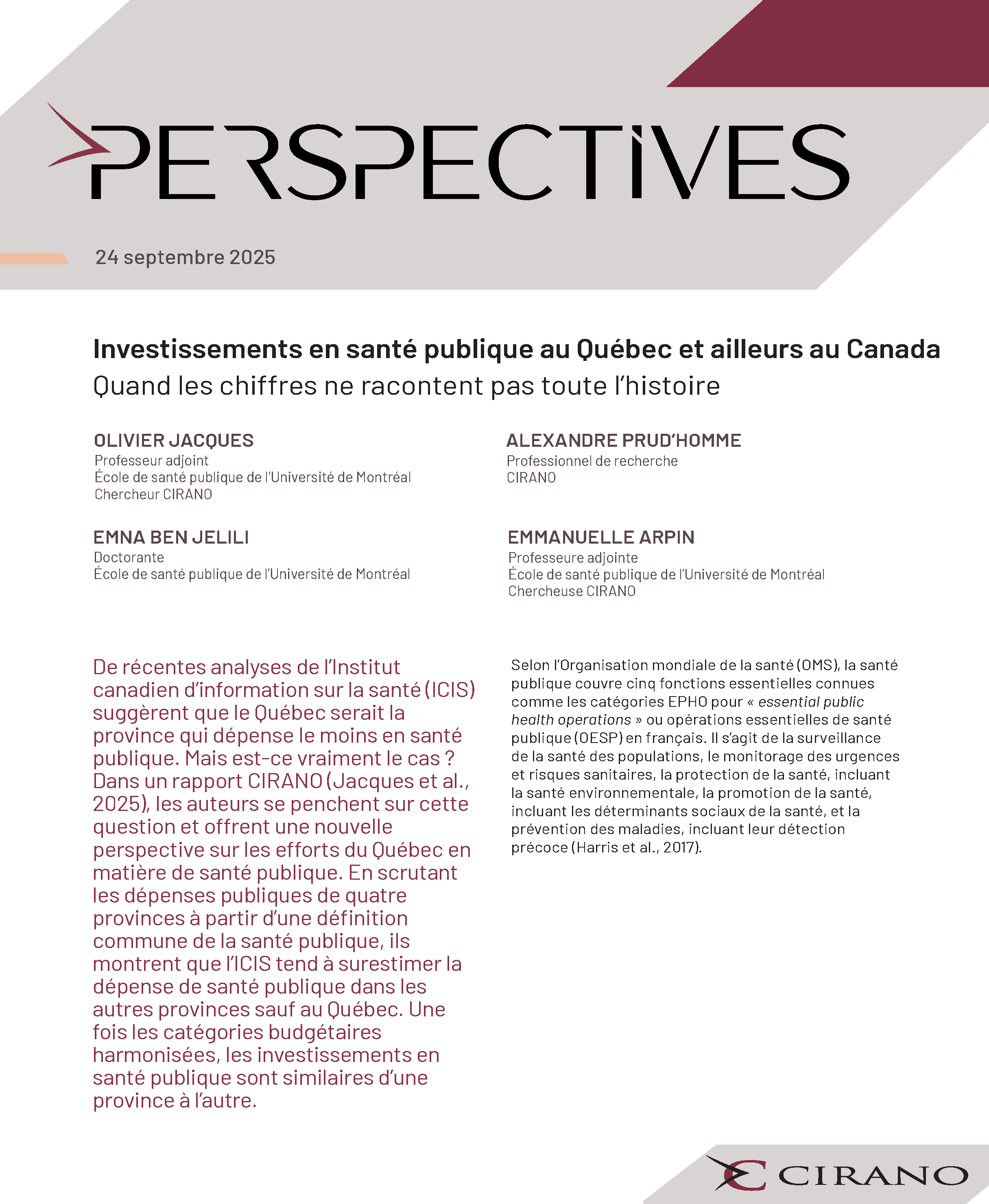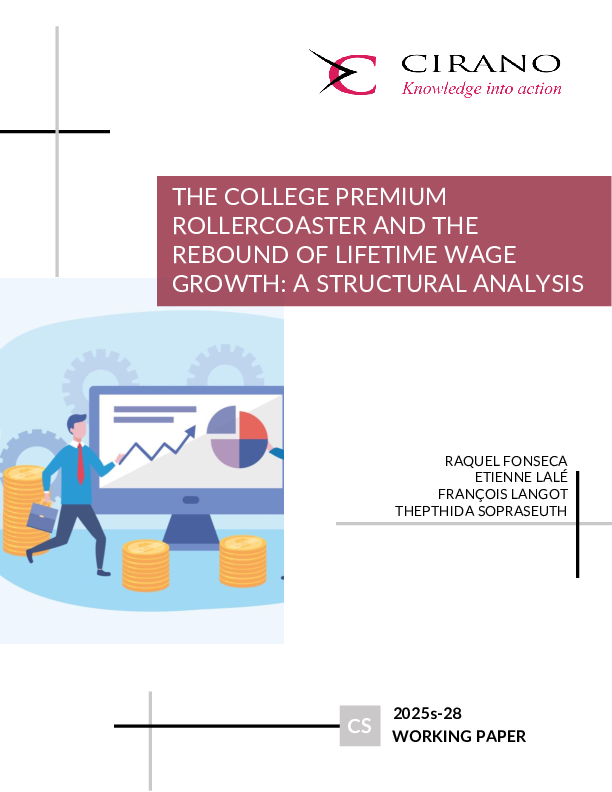More on the Value of Financial Advisors
Over the years, inquiring about the role of financial advisors and their value has led to numerous studies that have somehow produced conflicting results. The industry generally has a more positive viewpoint than most academic papers do. Along with the increased visibility of advisors’ fees made mandatory by regulatory authorities, the recent focus on gamma factors rather than the usual alpha and beta benchmarks has, nonetheless, contributed to a more positive assessment of the profession of financial advisor.
A report from the Investment Funds Institute of Canada highlights that, on average, investors who work with financial advisors have nearly three times the net worth and four times the investable assets of those who do not. This observation holds across all age groups and income levels. When asked, 61% of advised investors strongly agreed that their advisor had a positive impact on the value of their investments and their investment returns.
An econometric analysis of the data gleaned from a major, original Canadian survey carried out in 2009–2010 showed that a financial advisor added significant value to a household's financial assets relative to a comparable household having no financial advisor. Two key elements underlie this positive effect: financial advisors raise households' savings rates and encourage households to behave in a more disciplined manner when the stock market drops significantly.
That study has received extensive exposure in general and specialized media. It has been presented at numerous conferences, and an academic version has been published (see Montmarquette & Viennot-Briot, 2015).
A second Canadian survey, conducted in 2013–14, confirmed the previous results. This second survey avoided the problem of causality in this type of study, that is, determining whether wealth attracts advisers or whether financial advisors affect the financial wealth of households. As in our previous study, the discipline imposed by a financial advisor on the financial behavior of households, and the increase in their savings rates are the dominant factors that help increase the value of their assets relative to comparable households without an advisor. Also, focusing on a subset of participants in both surveys, we found that the loss of a financial advisor between 2010 and 2014 was costly: households that retained their advisor saw the value of their assets increase by 16.4%, versus only 1.7% for the assets of households that abandoned their advisor during this period. Thus, the value of financial advice far exceeds the traditional alpha and beta measurements discussed in the literature. This study has also been widely distributed by the industry and has been published in the same scientific journal as the previous study: Montmarquette & Viennot-Briot (2019).
In the two previous studies, we emphasized a potential limitation on the estimation of the extent of the financial advisor’s effect. Although we control for many factors, we have recognized that the positive effect of a financial advisor's services, notably on additional savings, may be overestimated due to the lack of measurable characteristics regarding a household’s desire to save and invest.
A third survey, 2017–2018, conducted under similar conditions as the previous ones, afforded us another opportunity to validate the robustness of our initial results in a new financial and economic context. Furthermore, new questions helped us to gain a better understanding of the intrinsic willingness of survey respondents to invest with or without the help of a financial advisor. In short, we hoped to correct any potential bias described in the previous paragraph.
Associated topics on the use of a financial advisor and its impact were also studied:
- The determinants of choosing a specific type of advisor and evaluating the impact differentially on wealth due to the different types of financial advice (advice in a bank branch vs. broker vs. individual advisor vs. automated advisor, etc.).
- The determinants of choosing a financial advisor and the impact on the value of assets by the level (broad category) of annual household income.
- Does a financial advisor's impact depend on the level of initial financial wealth?
- From a subset of respondents who replied to both the 2014 and 2018 surveys, how did changing the household situation concerning the involvement or not of an FA affect the value of the household’s financial assets (referred to as the survival principle in the 2014 survey). For example, was there a difference in asset values between households who retained their advisor relative to households who dropped their advisor over that period?
- Has increased fee transparency (CRM2 - Client-Consumer Relationship Model regulation) in recent years affected the use of a financial advisor?
We refer readers to our previous studies for an exhaustive review of the literature on the impact of a financial advisor in general. Further references will be added as we proceed with the current study.
The associated topics mentioned earlier should be regarded as breaking new ground in the literature on financial advice, as was the case of the survival principle in the second study.
Following the introduction, Section 2 discusses the 2018 survey and presents the updated results (the determinants of having a financial advisor and the impact of a financial advisor on the value of assets). In Section 3, we replicate in part the analysis of Section 2 by type of financial advisor. We follow a similar pattern in Section 4 by examining the impact of a financial advisor by level of annual household income. In Section 5, we investigate the impact of the initial investment (financial wealth) at the time the household began working with an FA on the 2018 value of assets held by households. In Section 6, we revisit the survival principle by looking at household investment behavior and the consequences of respondents’ use or not of the services of a financial advisor between 2014 and 2018. In Section 7, we explore whether an increase in fee transparency (client-customer relationship model regulation, or CRM2) in recent years has affected the use of a financial advisor. Section 8 sets out our conclusions.
In short, households in all income groups benefit from having a financial advisor. The impacts of FA involvement depend on the economic and financial contexts. Gamma factors continue to play their role.




